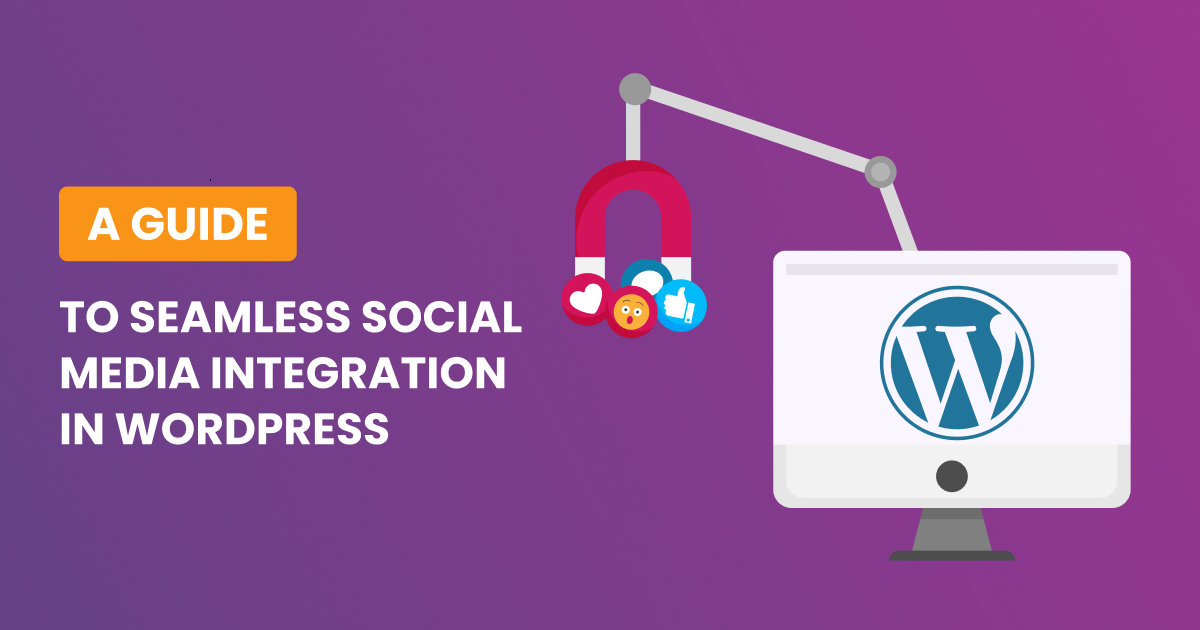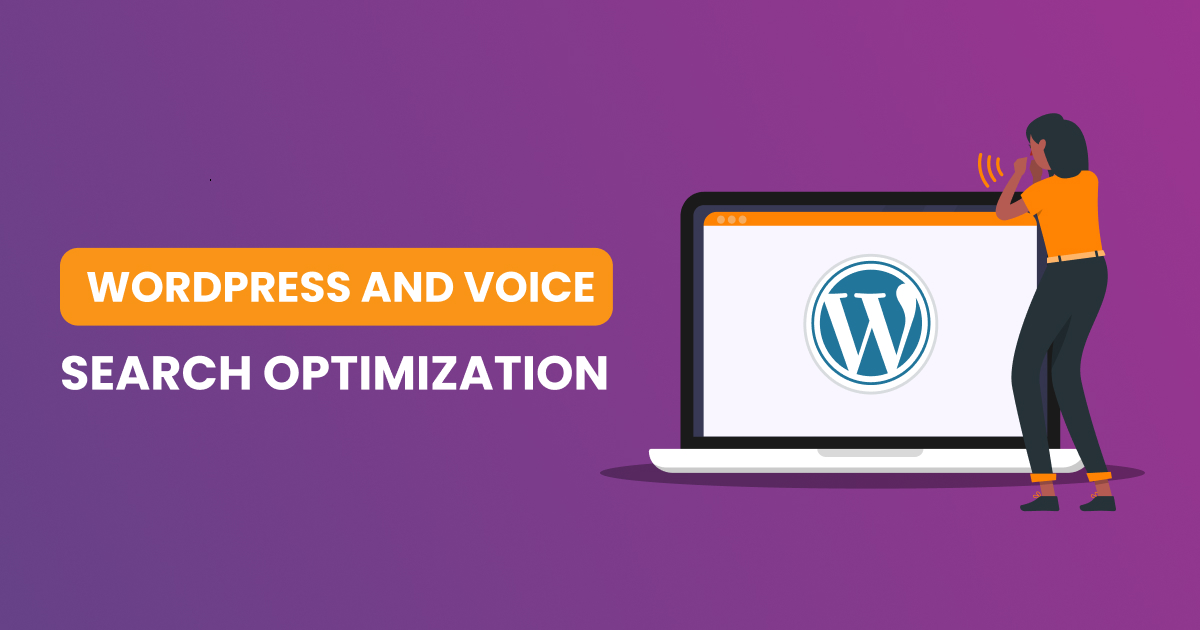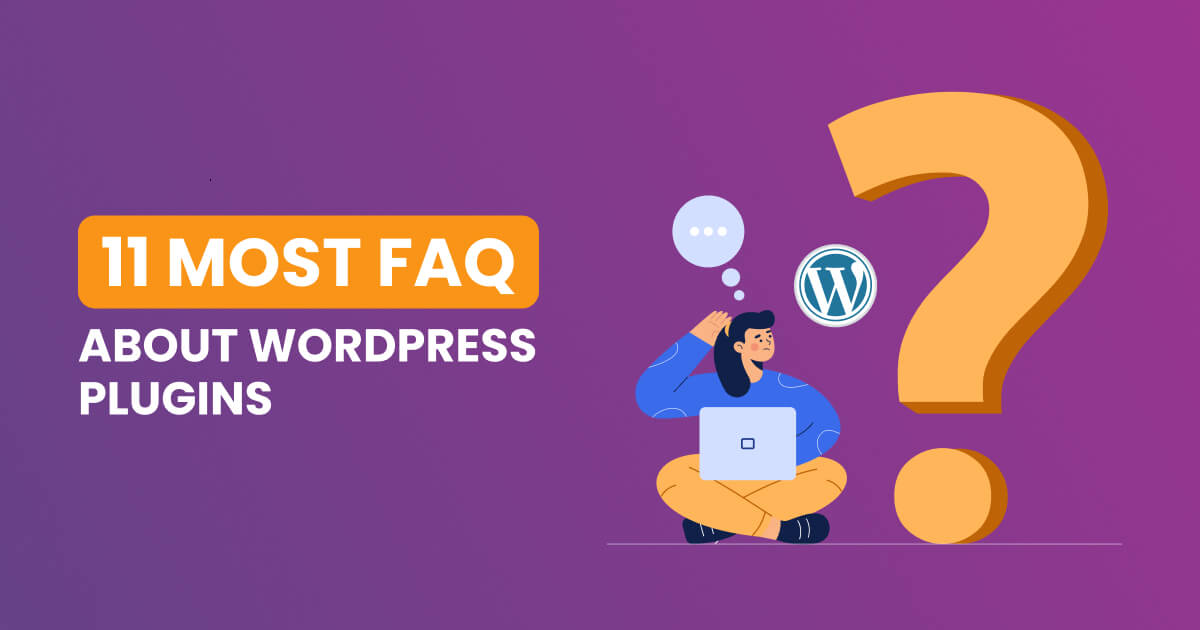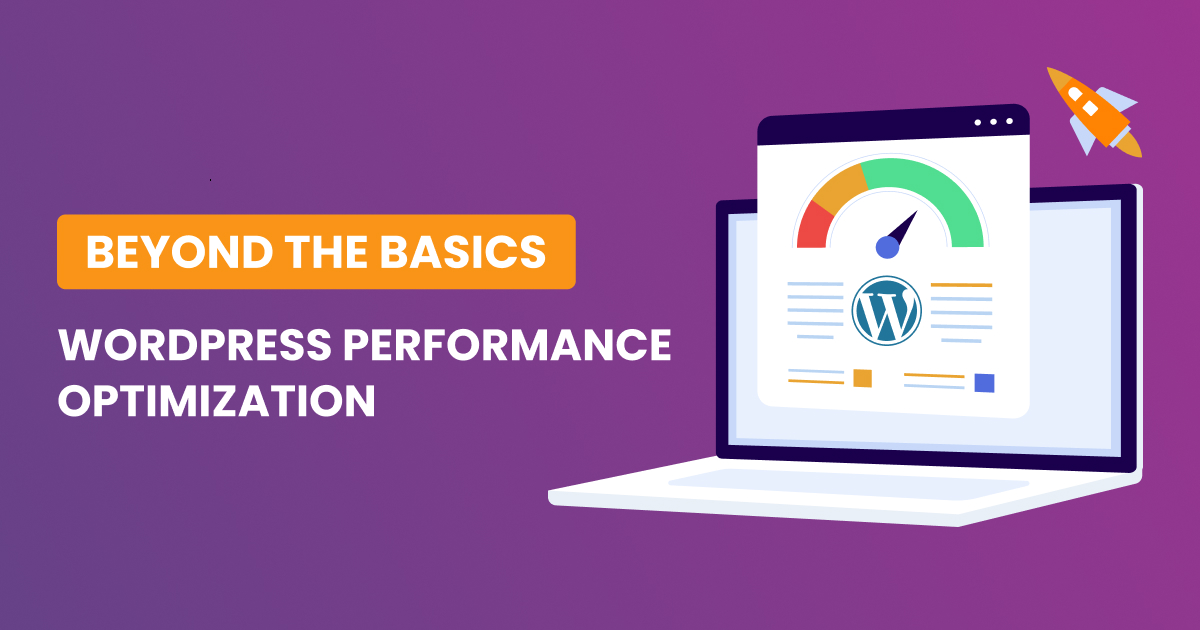WordPress, one of the world’s most popular content management systems, powers millions of websites globally. In recent years, there has been a growing emphasis on making the web more accessible to people with disabilities. As a result, website owners and developers using WordPress are increasingly recognizing the importance of creating a user-friendly experience for all users. In this article, we will explore the significance of accessibility in WordPress and the steps that can be taken to ensure an inclusive online environment.
Understanding Accessibility
Web accessibility refers to the design and development of websites and web applications that can be used by everyone, including people with disabilities. Disabilities may include visual, auditory, cognitive, or motor impairments. Creating an accessible website is not just about compliance with standards; it is about ensuring that information and functionality are perceivable, operable, and understandable by a diverse audience.
Why Accessibility Matters in WordPress
Inclusive User Experience
By prioritizing accessibility, WordPress websites become more inclusive, providing a seamless experience for users of all abilities. This inclusivity aligns with the principles of equality and diversity.
Legal and Ethical Obligations
Many countries have implemented accessibility regulations, and failure to comply may result in legal consequences. Ensuring your WordPress site is accessible is not just a legal requirement but also an ethical responsibility.
Wider Audience Reach
A website that is accessible to all users can attract a broader audience. Considering the diverse needs of users enhances the reach and impact of the content or services provided.
To test the accessibility of a WordPress website, you can use a combination of automated tools and manual checks.
Here are some steps and tools to help you ensure your website is accessible
- Choose an Accessible Theme: Start by selecting a WordPress theme that is designed with accessibility in mind. Themes should be compatible with screen readers and provide options for keyboard navigation.
- Optimize Images and Media: Use descriptive alt text for images to assist users who rely on screen readers. Ensure that videos have accurate captions and transcripts, making content accessible to those with hearing impairments.
- Create Semantic HTML: Use proper HTML tags to structure content. Semantic HTML helps screen readers and other assistive technologies understand the meaning and context of the information on a webpage.
- Prioritize Keyboard Navigation: Ensure that all interactive elements on your WordPress site can be navigated and activated using a keyboard. This is crucial for users who may have difficulty using a mouse.
- Implement ARIA Landmarks: Accessible Rich Internet Applications (ARIA) landmarks can improve the navigation experience for screen reader users. Use ARIA roles and attributes to enhance the structure of your website.
- Perform Regular Accessibility Audits: Conduct regular accessibility audits. There are tools which can identify potential issues and guide you in making necessary improvements.
- Manual checks: Conduct a manual review of your website to identify any accessibility issues that automated tools may not catch. Focus on key features of web accessibility, such as navigation, color contrast, and alternative text for images.
- Consult accessibility guidelines Familiarize yourself with accessibility guidelines, such as WCAG 2.1 at level AA, which is the standard for WordPress development
- Use plugins: Install plugins which provides detailed reports about your website’s accessibility
- Report findings and recommendations: After conducting an accessibility audit, report all findings and recommendations to your team or clients. This will help you prioritize and address any issues identified during the process
Remember that passing automated testing is not enough to make a site accessible. It’s essential to combine automated testing with manual checks and consult accessibility guidelines to ensure your website is truly accessible to all users.
It is recommended to perform a full website accessibility audit at least once a year, depending on how often you update your website. If your website remains mostly static with minimal changes to content and little to no functionality, then annually may suffice. However, if you update your website often (daily, weekly, monthly), more frequent accessibility audits will be necessary. Testing the website’s accessibility every now and then is crucial to understand how users are finding your site and to identify any new accessibility problems that could appear when you update and change your content. It’s important to remember that web accessibility is an ongoing process as standards and guidelines are frequently updated, and it’s essential to stay up-to-date with the latest accessibility guidelines and tools.
When testing the accessibility of a WordPress website, there are some common mistakes to avoid, including
- Relying solely on automated testing tools: Automated testing tools are helpful, but they can’t catch all accessibility issues. Manual testing is also necessary to identify any issues that automated tools may miss.
- Not testing with assistive technology: It’s important to test your website with assistive technology, such as screen readers and keyboard-only navigation, to ensure that users with disabilities can access your content.
- Not considering all aspects of accessibility: Accessibility is not just about making your website accessible to people with disabilities. It also includes making sure your helpdesk, documentation, mobile apps, and social media content are accessible.
- Not testing frequently enough: Accessibility testing should be an ongoing process, and it’s recommended to perform a full website accessibility audit at least once a year, depending on how often you update your website.
- Not prioritizing accessibility: Accessibility should be a priority from the beginning of the website development process, not an afterthought. It’s important to consider accessibility standards throughout the duration of a WordPress project.
By avoiding these common mistakes and following best practices for accessibility testing, you can ensure that your WordPress website is accessible to all users.
Here are some best practices for improving accessibility on a WordPress website
- Conduct regular website audits: Regularly check your website for accessibility issues and update your content and design accordingly.
- Use accessible themes: Choose WordPress themes that are compliant with the Web Content Accessibility Guidelines (WCAG) and prioritize accessibility.
- Utilize landmarks: Incorporate the three landmarks <header>, <main>, and <footer> appropriately to improve accessibility.
- Ensure proper color contrast: Use a color contrast checker to ensure that text and background colors have sufficient contrast for easy reading
- Provide alternative text for images: Use the alt attribute to describe images for users who cannot see them
- Use headings and lists correctly: Structure your content using headings and lists to make it easier for users to navigate and understand
- Test with assistive technology: Use screen readers and keyboard-only navigation to ensure that your website is accessible to users with disabilities
- Use accessibility-focused plugins: Install plugins like Accessibility Suite to help you identify and fix accessibility issues.
- Consider mobile users: Ensure that your website is accessible on various screen sizes and devices.
- Test frequently: Regularly test your website’s accessibility to identify and fix new issues that may arise.
To make images and videos on a WordPress website accessible, you can follow these best practices
Add descriptive alt text to images
When adding images, provide alternative text (alt text) that describes the image for users who cannot see it. This is done in the image settings in WordPress.
Use accessible themes and plugins
Choose WordPress themes and plugins that prioritize accessibility. Some themes and plugins are designed with accessibility in mind and can help ensure that your images and videos are presented in an accessible way.
Provide captions and transcripts for videos
For videos, include captions and transcripts to make the content accessible to users who are deaf or hard of hearing. This can be done using plugins or built-in features of your video player.
Test your content
Use accessibility tools and manual checks to test your images and videos for accessibility. This can help you identify any issues and ensure that your content is fully accessible to all users.
By following these best practices, you can significantly enhance the accessibility of images and videos on your WordPress website, fostering a more inclusive digital space that welcomes users of all abilities. This proactive approach not only ensures your content is available to a broader audience but also contributes to the creation of a user-friendly environment that prioritizes accessibility and inclusivity.
In a nutshell, prioritizing accessibility in the evolving digital landscape is not just a legal necessity but a fundamental step towards fostering a more inclusive online environment. As the demands for user-friendly experiences continue to grow, integrating best practices for accessibility in WordPress becomes paramount. By adhering to these practices, website owners and developers not only align with legal requirements but also contribute to creating a digital space that is welcoming and functional for users of all abilities.
WordPress accessibility goes beyond compliance; it is about ensuring a seamless experience for individuals with diverse needs, including those with visual, auditory, motor, and cognitive impairments. Embracing accessibility standards not only broadens the reach of websites but also boosts SEO and enhances the overall user experience. Practical tips, such as utilizing semantic HTML, selecting accessible themes, providing alternative text for images, and ensuring color contrast, serve as building blocks for an accessible WordPress site.
The commitment of the WordPress community to accessibility, based on internationally recognized guidelines, underscores the platform’s dedication to inclusivity. By investing in accessibility, website owners not only meet legal obligations but also contribute to the creation of a digital space that is truly user-friendly for all individuals. In essence, embracing accessibility in WordPress is a strategic decision that not only reflects a commitment to diversity and inclusion but also ensures a positive and functional experience for a broad spectrum of users.








